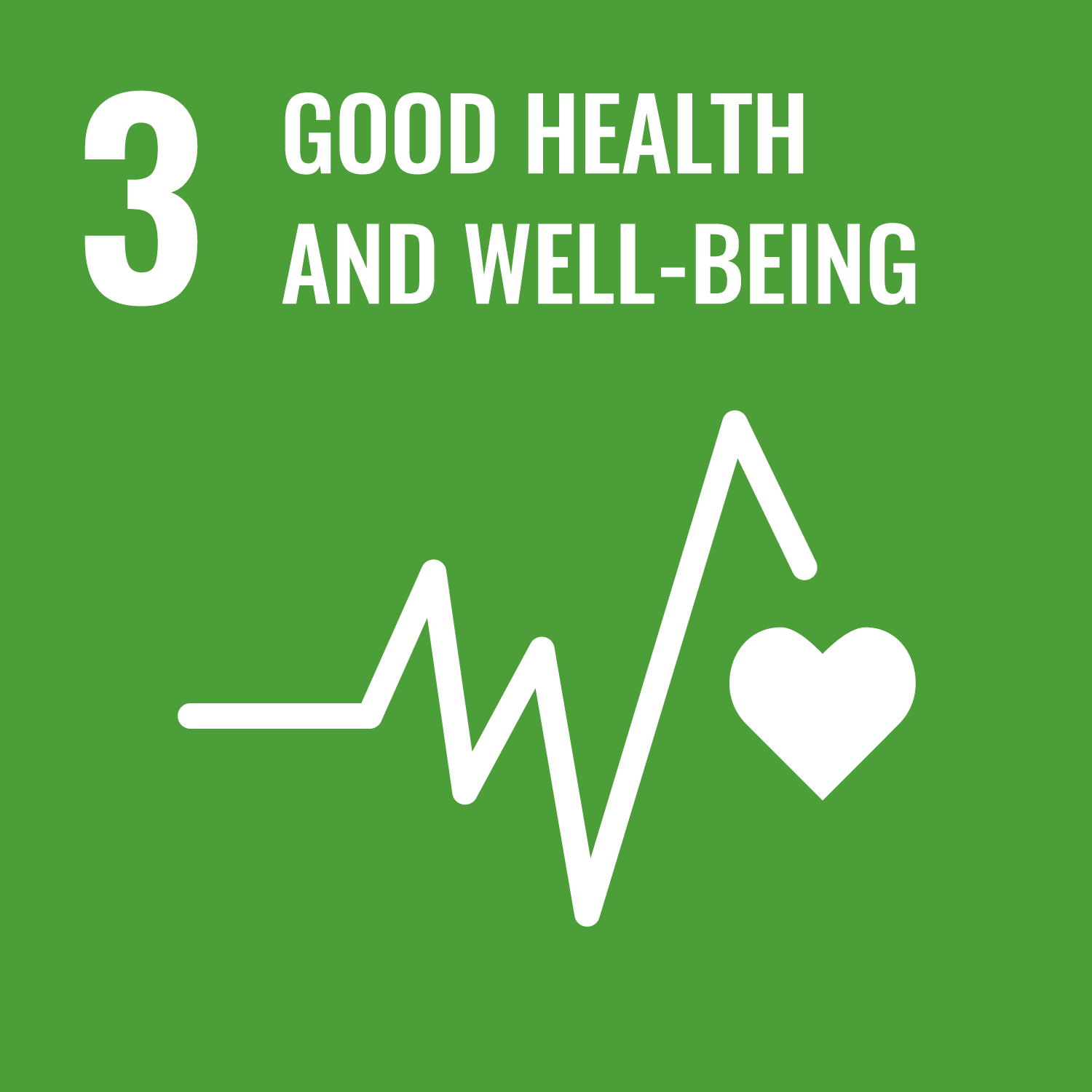De Silva, A. orcid.org/0000-0003-4535-442X, van Heusden, A. orcid.org/0009-0007-8055-5450, Lang, Z. orcid.org/0000-0002-2399-6942 et al. (5 more authors) (2025) How do health state values differ when respondents consider adults versus children living in those states? a systematic review. PharmacoEconomics, 43 (7). pp. 723-740. ISSN: 1170-7690
Abstract
Objectives
This systematic review examines how different perspectives influence the valuation of child health-related quality of life (HRQoL). Specifically, it explores differences in values when health states are assessed by children, adolescents, or adults (or some combination of these), from the perspective of the first person (self) or the third person (other), and whether specifying (or not) the age of the person living the described health state affects the valuations. Recent studies suggest discrepancies for descriptively similar health states potentially owing to differences in respondents’ willingness to trade length-of-life for quality-of-life for children, though findings are inconsistent. This review aims to assess: (1) differences in peoples’ willingness to trade, (2) differences between the relative importance of dimensions, and (3) factors influencing these differences.
Methods
This systematic review follows PRISMA guidelines. A search in Ovid MEDLINE, Ovid Embase, and EconLit up to November 2024 was undertaken. We included studies where different perspectives and different valuation instruments were considered. We extracted information on study characteristics, instruments, valuation methods, perspective, study design, analytical methods, sample characteristics, differences in values by respondents, and perspective. A multi-level meta-regression assessed the impact of factors affecting the mean differences between perspectives.
Results In total, 24 studies were included, which were from 2004 to 2024. Studies used a range of preference elicitation methods and nearly half (38%) used mixed valuation methods. Most studies (71%) used the EQ- 5D-Y- 3L instrument. Overall, 54% of studies compared adults valuing health states for themselves, or other adult versus adults valuing for other children or themselves as children. The multi-level meta-regression found that the severity of the health state and the valuation method has a significant impact on the mean differences between child and adult values for child health states. In most of the studies when adults are respondents, pain or discomfort was considered as the most important dimension. When adolescent respondents value health states the results are mixed. Qualitative studies identified respondents’ difficulty imagining a child in ill health and becoming emotional while thinking about child poor health and early death as potential reasons behind differences in child values versus adult values.
Conclusions
The evidence suggests that differences in mean values arise when different perspectives are used in valuing severe child health states by adults. These differences are influenced by factors such as health state severity and valuation method. While the review identified the key factors influencing the differences in mean values, an uncertainty remains regarding the optimal choice of preference elicitation and anchoring methods for child health state valuations. Addressing these gaps could refine future valuation methods for child health-related quality-of-life instruments.
Metadata
| Item Type: | Article |
|---|---|
| Authors/Creators: |
|
| Copyright, Publisher and Additional Information: | © The Author(s) 2025. Open Access: This article is licensed under a Creative Commons Attribution-NonCommercial 4.0 International License, which permits any non-commercial use, sharing, adaptation, distribution and reproduction in any medium or format, as long as you give appropriate credit to the original author(s) and the source, provide a link to the Creative Commons licence, and indicate if changes were made. The images or other third party material in this article are included in the article's Creative Commons licence, unless indicated otherwise in a credit line to the material. If material is not included in the article's Creative Commons licence and your intended use is not permitted by statutory regulation or exceeds the permitted use, you will need to obtain permission directly from the copyright holder. To view a copy of this licence, visit http://creativecommons.org/licenses/by-nc/4.0/. |
| Keywords: | Health Services and Systems; Health Sciences; Basic Behavioral and Social Science; Behavioral and Social Science; Pediatric; Generic health relevance; Good Health and Well Being |
| Dates: |
|
| Institution: | The University of Sheffield |
| Academic Units: | The University of Sheffield > Faculty of Medicine, Dentistry and Health (Sheffield) > School of Medicine and Population Health |
| Depositing User: | Symplectic Sheffield |
| Date Deposited: | 02 May 2025 15:00 |
| Last Modified: | 24 Jul 2025 10:58 |
| Status: | Published |
| Publisher: | Springer Science and Business Media LLC |
| Refereed: | Yes |
| Identification Number: | 10.1007/s40273-025-01493-0 |
| Sustainable Development Goals: | |
| Open Archives Initiative ID (OAI ID): | oai:eprints.whiterose.ac.uk:226071 |


 CORE (COnnecting REpositories)
CORE (COnnecting REpositories) CORE (COnnecting REpositories)
CORE (COnnecting REpositories)